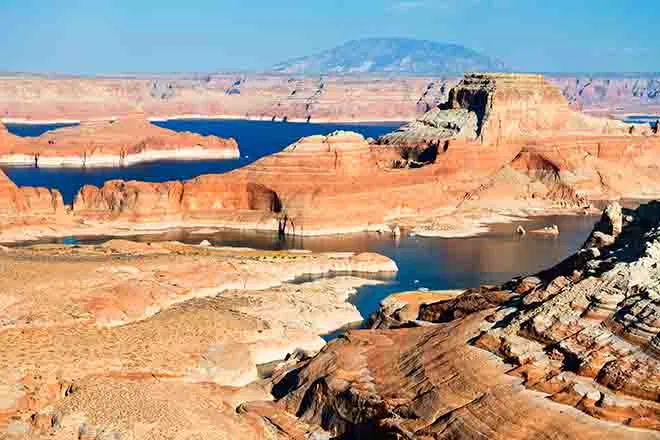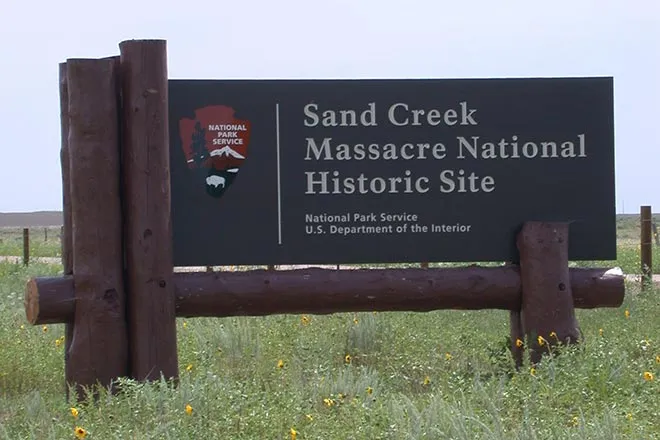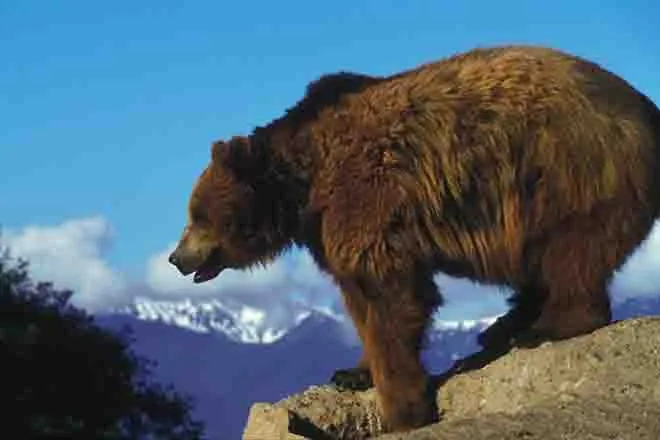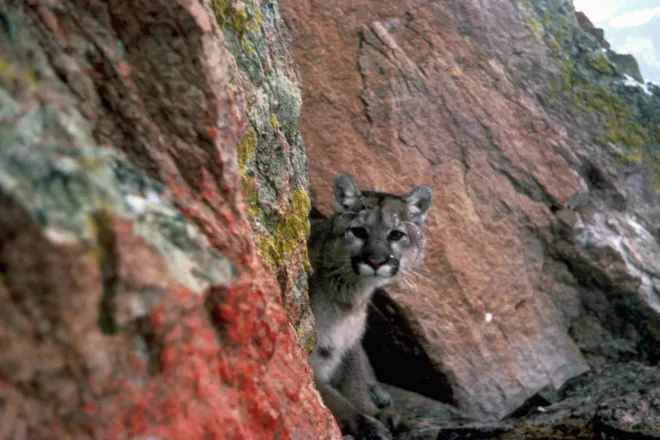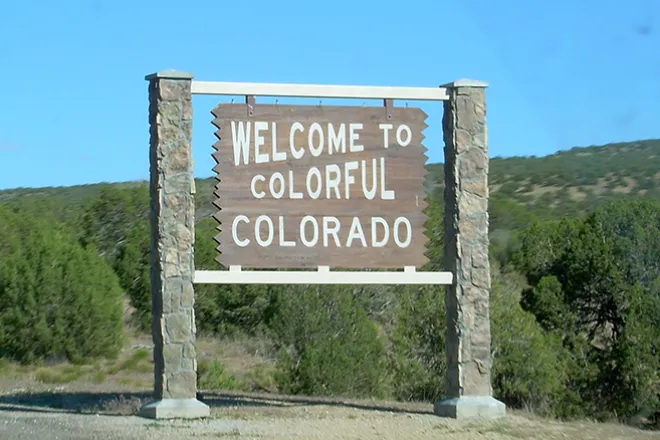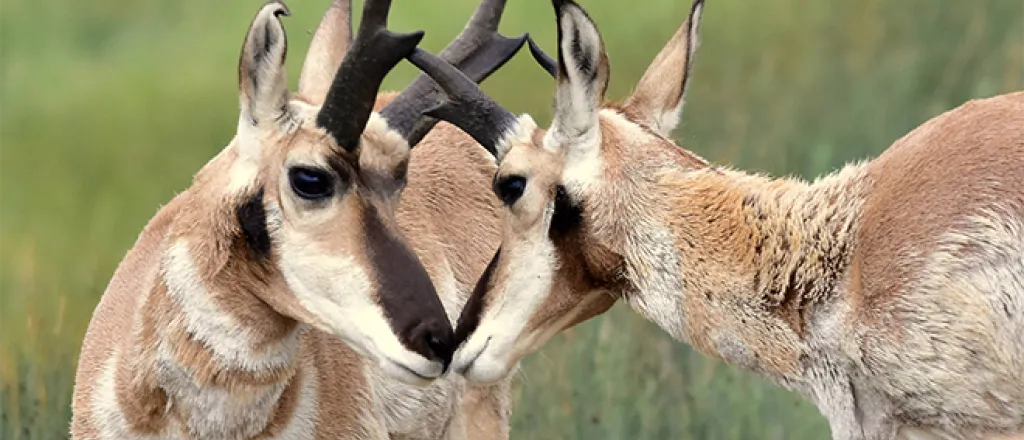
Mapping Project Identifies Fences Stopping Wildlife Migration
(Colorado News Connection) Wildlife is being fenced in across the West, and researchers are now mapping these lines to understand how they affect animals.
In some rural areas, fences outnumber roads, but they're much harder to pinpoint and map. Simon Buzzard, wildlife project coordinator in Missoula for the National Wildlife Federation, is leading an effort to find fences, and overlay that information with movement data for pronghorns in southwest Montana. He said the project is prioritizing fences that can directly hamper the species' migration patterns, and can find trouble spots.
"Where we see a stark line - where, all of the sudden, all the animals move in a 90-degree angle - and we see there's a fence there, we go out on the ground and take stock of what type of fence it is," he said. "Is the landowner interested in discussing opportunities for modification? Is it on public land?"
He said identifying fences on the landscape that can be more wildlife-friendly is important, not only for pronghorn, but other species - elk, mule deer, moose, as well as ground-nesting birds, such as sage grouse. There are more than 77,000 pronghorn in Colorado, according to the state Division of Wildlife.
Fences can be hard barriers for pronghorn to cross, since they're not good jumpers and have to crawl underneath. Buzzard said even for species adept at jumping, juveniles can struggle and get caught in the barbed wire. But he noted that a bigger problem is the indirect effect the barriers present.
"As more fences get erected on the landscape, say with subdivision or with roads - as we build roads, we generally build fences - it's possible for that increase in fence density to reduce the amount of available habitat," he said.
Buzzard said the effects of roads on wildlife are clear, as are solutions - such as crossings to maintain migration routes. But fence ecology is a burgeoning field.
"On a landscape level, we haven't really looked at fences well enough yet," he said. "We don't have a lot of data on the cumulative impacts that fences have, when we know that they're impacting wildlife movement for different species. And so this is just the beginning, I'd say, of this process in the West."
He added that the project has partnerships at the state level in Montana, with the U.S. Bureau of Land Management, nonprofits and the Partners for Fish and Wildlife Program, which works with private landowners.



